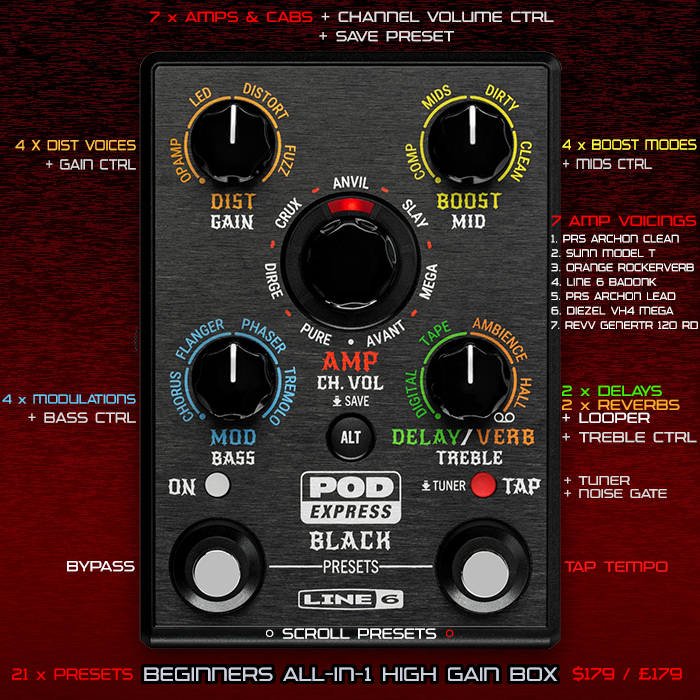Boss GT-1000 CORE vs 200 and 500 Series Pedals

In a number of my Boss features and reviews I’ve noted some of the disparities between the GT-1000 CORE Parameters / Algorithms and those generally available in other parts of the range - particularly in the 200 and 500 Series pedals. I thought it would be a good idea to do a general overview of exactly where the GT-1000 CORE sits in relationship to the Total Boss Parameters available within the range. At launch, the GT-1000 CORE only had around half the Effects available in the obviously longer-lived Line 6 Helix HX Stomp - or circa 150 vs circa 300 Effects.
I thought it would be in Boss’s best interests to get as many Effects Types onto the CORE - in order to make it more properly competitive with the HX Stomp. I automatically presumed that the CORE would at least have all the classic Boss Effects Types - available across the 500-Series Range - but that is most certainly not the case.
This exercise is to compare and contrast, and evaluate exactly where the GT-1000 Core sits - and question why exactly it’s missing those algorithms. I somewhat naively expected the CORE to fully cover and be a proper substitute all-in-one box for the accumulated 500 Series algorithms. A lot of this does not fully make sense to me within the wider context - as we shall see:
BOOST / OVERDRIVE / DISTORTION - GT-1000 CORE vs OD-200 Hybrid Drive
I've noted before the difference in the number of core flavours of the OD-20 and replacement OD-200 Hybrid Drive - where the former has 24 distinct types including 3 Fuzzes, while the replacement has just 17, with only the 1 Muff type fuzz onboard.
In terms of a gain-machine - the CORE offers a lot more variety - in fact more than double that of the OD-200 - which got rid of the handy 'Variation' control - with doubled up the number of voicings on the the OD-20.
Of course the OD-20 was COSM DSP based, and the OD-200 is a mix of analog first stage, and digital MDP secondary stage processing - and where the CORE is entirely MDP/DSP. The CORE is actually pretty supreme in its gain staging - and in most ways I prefer using that to the OD-200 - especially as on the CORE the 'Boost' function is of course entirely independent - and thus far more versatile.
If you think you might want the OD-200 - you should certainly explore the additional heft and variety the CORE delivers in spades. For me the CORE is the more impressive gain-machine overall despite its all-digital makeup!
Interestingly there is no classic HM-2 type on the OD-200 either - I wonder how much that had to do with the then forthcoming HM-2W. In this head-to-head the CORE is the obvious winner.
GT-1000 CORE : 35 Total Varieties, including 8 for Bass :
Mid Boost | Clean Boost | Treble Boost | Crunch | Natural OD | Warm OD | Fat Distortion | Lead Distortion | Metal Distortion | Octave Fuzz | Adaptive Distortion (MDP) | X-Overdrive (MDP) | X-Distortion (MDP) | Blues OD (BD-2) | OD-1 | T-Scream (TS808) | Turbo OD | Distortion (DS-1) | Centa OD (Klon) | Rat | Guv DS (Guv'nor) | Dist+ (MXR DS+) | MTL Zone (MT-2) | HM-2 | Metal Core | 60's Fuzz (FF) | Muff Fuzz | Bass OD | Bass Distortion | Bass Metal | Bass Fuzz | Hi-Band | X-Bass (MDP) | Bass Drivert (Tech21NYC) | Bass DI (MXR Bass DI+).
OD-200 : 17 Total Varieties :
Mid Boost | Clean Boost | Treble Boost | Blues OD (BD-2) | T-Scream (TS808) | Centa OD (Klon) | X-Overdrive (MDP) | Distortion (DS-1) | X-Distortion (MDP) | Stack Drive ≈ Guv DS (Guv'nor) | Fat Distortion | Brown ≈ Guv DS (Guv'nor) | Metal Core | MTL Zone (MT-2) | X-Metal (MDP) | Muff Fuzz.
DELAY - GT-1000 CORE vs DD-500 and DD-200
Here the CORE's Delay roster is kind of OK but nothing in particular to get properly excited about - the coolest thing about that is the individual inclusion of all 3 key legendary magnetic / tape delay units (Space Echo, Binson Echorec and Echoplex). But as with its many foibles it has two different Delay blocks - 'Delay' being the simpler type with 4 variations, and then 'Master Delay' which has most of the 15 types listed below - so you can set up some very intricate delay-chains - but you can only deploy a single Master Delay Block each time.
To my mind the DD-200 is the most impressive here of this trio - with the perfect mix of features, functions and format - and with probably the best mix of Delay Algorithms overall. I've waxed lyrical on just how much I like the DD-200. By contrast even tough the DD-500 is much improved over what it was when it first launched, the DD-200's smart mix of algorithms leaves it somewhat in the shade for me - even with its Dual-Simultantous-Effects ability.
Before the DD-200 came along I was right on the cusp of acquiring the DD-500 - but since the acquisition of the DD-200 I no longer feel the need. The completist in me may snap one up eventually anyway - but overall the DD-200 is my favourite of these 3 Delay Machines!
Of course I think the GT-1000 CORE should have all those same flavours - I'm sure it will happen eventually - but probably not quite soon enough!
GT-1000 CORE : 15 Total Varieties
Mono | Pan Stereo | Stereo 1 (Dry + Wet) | Stereo 2 (Left/Right) | Analog (DM-2) | Analog Stereo | Tape | Reverse | Shimmer | Dual | Warp | Twist | Space Echo | Echo Px (Plex) | Bin Echo (Binson Echorec).
DD-500 Digital Delay : 12 Total Varieties
Standard (Digital) | Tera Echo | Slow Attack | Filter | Shimmer | SFX (Lo-Fi) | Reverse | Pattern | Dual | Vintage Digital | Tape (Space Echo) | Analog.
DD-200 Digital Delay : 12 Total Varieties
Standard (Digital) | Analog | Tape (Space Echo) | Drum (Binson Echorec) | Shimmer | Tera Echo | Pad Echo | Pattern | Lo-Fi | Dual | Ducking | Reverse.
MODULATION - GT-1000 CORE vs MD-500 and MD-200
I've kind of covered much of this category before - several time in various ways - basically why the heck is the Dimension C/D not on the CORE or MD-200 - when all the competitors at those different sizes and formats have that legendary flagship Boss effect onboard in some variety?
I've said before that two of my all-time favourite modulations are Dimension C/D and Harmonic Tremolo - while that effect is missing right across the different Boss formats, and only the MD-500 has the Dimension algorithm of those.
The CORE is actually pretty decent in its modulations - while I still think I slightly prefer the MD-500 in some ways. The CORE really does have a pretty great selection and variety overall - while I don't really understand why Boss left out the Dimension?
Current slot #35 in my pedal-chain is really the slot for Digital Multi-Modulators - where the CORE is currently my unit of choice - pushing out the GFI Synesthesia which I also really love, which in turn took over from the Empress Zoia, after the MD-500, and after the Strymon Mobius. I really like a big-box Digital Multi--Modulator and mostly the CORE serves me pretty well with its 3 x simultaneous Modulation effects - it really just needs to pad out its algorithms a touch - and hurry on up with the update including the Dimension patch!
GT-1000 CORE : 37 Total Varieties, including 6 for Bass :
Mono Chorus | Stereo 1 Chorus (Dry + Wet) | Stereo 2 Chorus (In/Out) | Dual Chorus | Prime Chorus | CE-1 Chorus | CE-1 Vibrato | Acoustic Sim | Acoustic Resonance | Auto Wah | Chorus | Bass Chorus | Classic-Vibe (Uni-Vibe) | Compressor | Defretter | Defretter Bass | Distortion | Feedbacker | Flanger | Bass Flanger | Harmonist | Harmnonizer | Octave | Bass Octave | Overtone | Pan | Phaser | Pitch Shifter | Ring Modulator | Rotary | Sitar Sim | Slicer | Slow Gear | Slow Gear Bass | Sound Hold | S-Bend (Whammy) | Touch Wah | Touch Wah Bass | Tremolo | Vibrato.
MD-500 Modulation : 28 Total Varieties, including 4 for Bass
Prime Chorus | CE-1 Chorus | CE-1 Vibrato | Tri-Chorus | Flanger | Bass Flanger | Phaser | Bass Phaser | Script Phaser | Classic-Vibe Chorus | Classic-Vibe Vibrato | Vibrato | Scanner Vibrato | Tremolo | Pan Tremolo | Twin Tremolo | Deluxe Tremolo | Dimension (D) | Ring Mod | Rotary | Auto-Wah | Bass Auto-Wah | Touch-Wah | Bass Touch-Wah | Pattern Filter | Slicer | Overtone | Overtone Detune.
MD-200 Modulation : 12 Total Varieties
Chorus | CE-1 Chorus | Flanger | Phaser | Vintage Phaser (Script) | Classic-Vibe (Uni-Vibe) | Vibrato | Tremolo | Auto-Wah | Slicer | Overtone
REVERB - GT-1000 CORE vs RV-500 and RV-200 (Projected!)
To my mind the CORE's Reverb roster is significantly under-developed, and seems to be missing a number of key competitive algorithms. Obviously there is some overlap with the Delays - in that Space Echo is covered there, while Tera Echo - which I alway consider as primary a Delay + Reverb is listed here rather as a Reverb + Delay!
I feel that my speculative RV-200 suggestions are the strongest here while I really love the power of the RV-500's Dual Reverbs - each with a possible Delay assigned per Left/Right Channel. I love the RV-500 but always felt it needed a slightly better mix of algorithms - the CORE definitely needs Granular, Lo-Fi, Reverse and Swell Reverb Effects. I feel it should have all the RV-500 flavours too for sure - including the SRV-2000 and Early Reflection.
The Reverb category here is somewhat the weakest - with only 10 distinct flavours! Which is around half of what is available on the Helix Stomp - Boss really has an opportunity to push things forward here - as its Delay and Reverb algorithms are typically universally excellent.
With the DD-200 Boss really created a killer mix of algorithms which are not quite matched within other parts of the range. We eagerly await to see just what the RV-200 will eventually be - and how that will impact on the GT-1000 machines.
GT-1000 CORE - Reverbs : 10 Total Varieties
Hall 1 | Hall 2 | Plate | Room 1 | Room 2 | Ambience | Spring | Shimmer | Dual | Tera Echo
RV-500 Reverb : 14 Total Varieties
Room | Hall | Plate | Spring | Shimmer | Fast Decay | Early Reflection | Non-Linear | SFX Lo-Fi | SFX SlowVerb | SFX Storm | Dual | SRV (SRV-2000) | Space Echo (RE-201)
RV-200 (Suggested) : 12 Total Varieties
Room | Hall | Plate | Spring | Modulate | Dynamic | Shimmer | Dual | Reverse | Lo-Fi | Swell / SlowVerb | Space Echo
Final Thoughts
Boss has been somewhat criticised of late for its lack of firmware updates for the GT-1000 and GT-1000 CORE pedals. It is lagging behind its key competitor in terms of total effects and algorithms provided - by a factor of 2. Boss really needs to start catching up here, as it is relatively uncompetitive in certain areas.
Obviously the Boss Devices have better processing power and can deploy 24 blocks at any time versus just the 6 of the HX Stomp. While a significant part of device compatibility and satisfaction is how many flavours you have at your disposal.
The Helix devices are slightly more mature - as they have been around for a lot longer, and they are generally lower cost because of how long they have been in the market - number of second-hand units etc. Boss is having to compete with essentially more features available at a lower price - meaning it may not sell as many units as it should.
I really like my CORE - but I have indicated that it has certain flaws in its makeup (per my in-depth review) - particularly for my chosen way of deploying it - mostly as an optional Digital Multi-Modulator. It has no standby mode currently - and is largely engineered to be always on as the core of your pedalboard - rather than just one of many tone component elements.
As I've indicated above - the CORE is particularly good as a Multi-Modulator - but it really needs the Dimension algorithm, alongside a Harmonic Tremololo! I will persist with the GT-1000 CORE in expectation that Boss improves it further soon enough. Otherwise I still really like my GFI Synesthesia and MD-500 as key Digital Modulations. I may very well acquire the Wampler Terraform too as a sometime alternative as I've been long impressed by its perfect mix of algorithms!
I feel that the GT-1000 CORE still has a lot of potential - while Boss still needs to polish off some of its rough edges. And of course the CORE should have had Bluetooth onboard from the start really. Having to hardwire your laptop to update and manage the pedal is entirely clunky and archaic now.
Modern pedals of this ilk need to be more like Neural DSP's Quad Cortex - where you can share presets with your friends over Bluetooth and instantly deploy them. Having to download updates to your laptop first and then transfer via wired connection is totally archaic now and unacceptable really within modern consumer electronics. Just think how elegantly simple an iPhone is to setup and update - guitar pedals and stompboxes still have some way to go to reach that level - but that should certainly be the benchmark.
I also think Boss has a way to go with interface design as it's not as seamlessly flowing as it needs to be - and you occasionally have to dig for certain settings in strange areas. And you often have to reset settings before you change them - Boss certainly still has quite a few rough edges to smooth off. It needs to be much better at maintaining its devices and providing necessary updates - as Boss seems largely to be fire and forget with its devices - and a number of those devices still have some annoying flaws long after they were released.
I still feel the CORE is worth persevering for - I just hope Boss proves me entirely right in the end. I'm not sure Boss has enough Product Managers to keep all those devices fully properly maintained. In any other field the manufacturer would put more priority into fixing niggly glitches and catching up with its key competitors - while Boss often seems to be happy to just let those sort of things drift along!
What is your own preference here? Do you largely agree with my findings or do you have a different take? Drop me a line via comments if you have further insights or observations in this area!











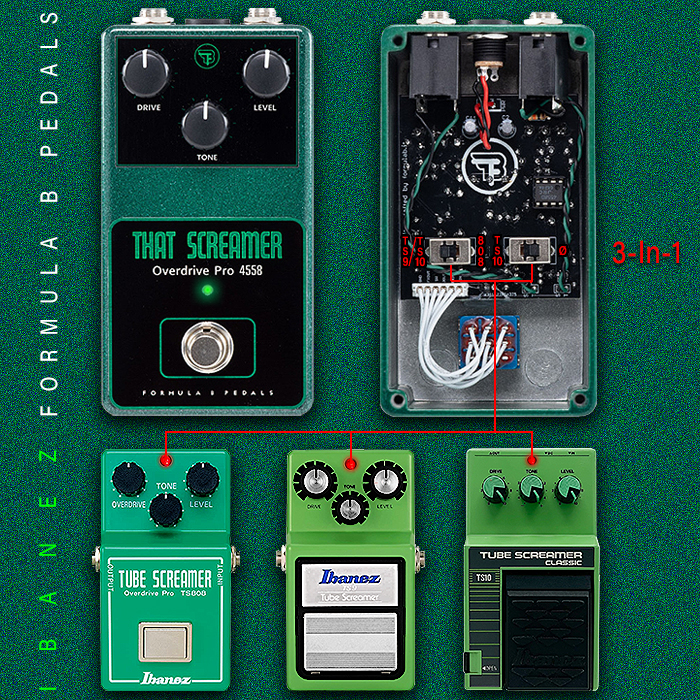



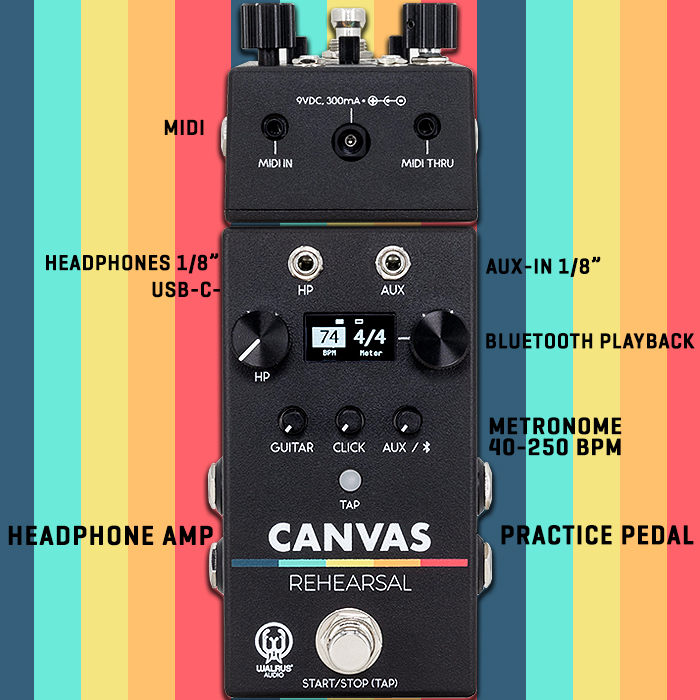






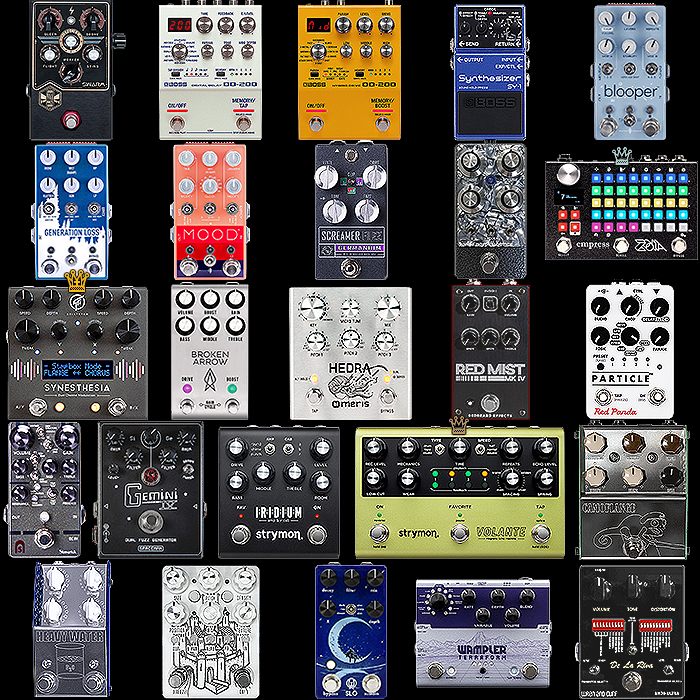







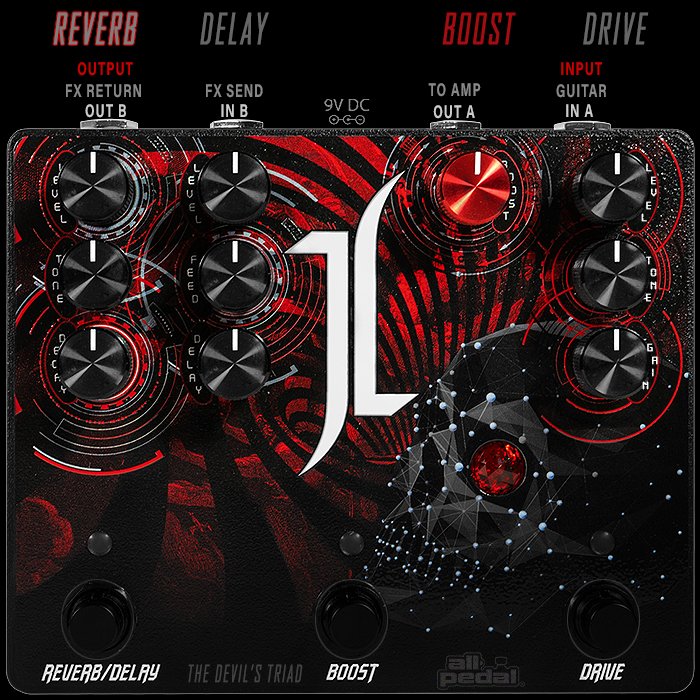
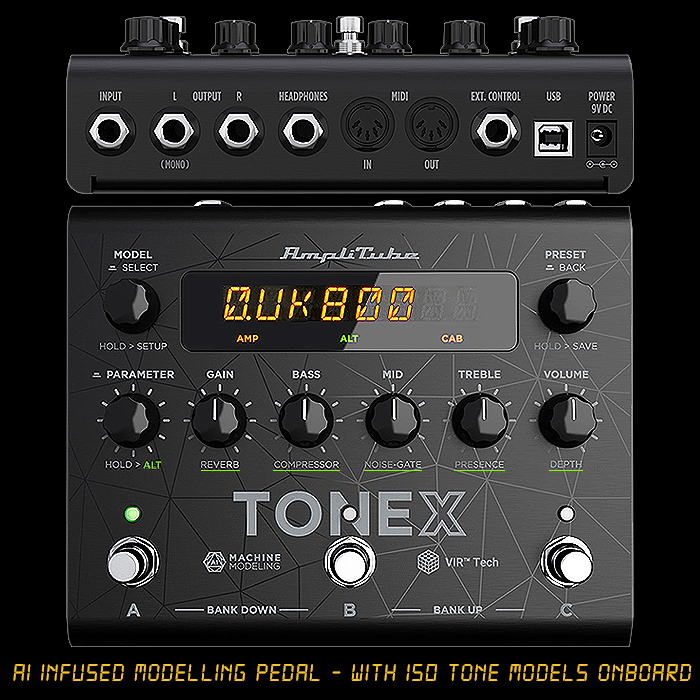
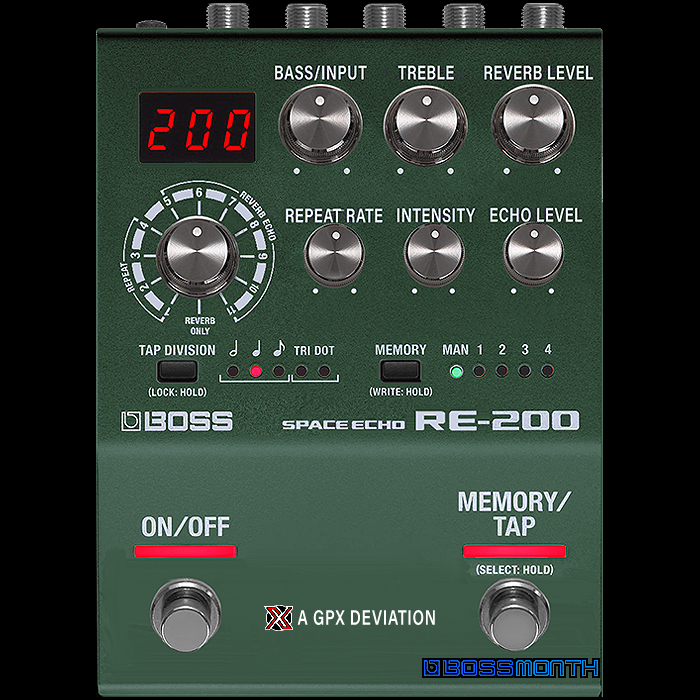
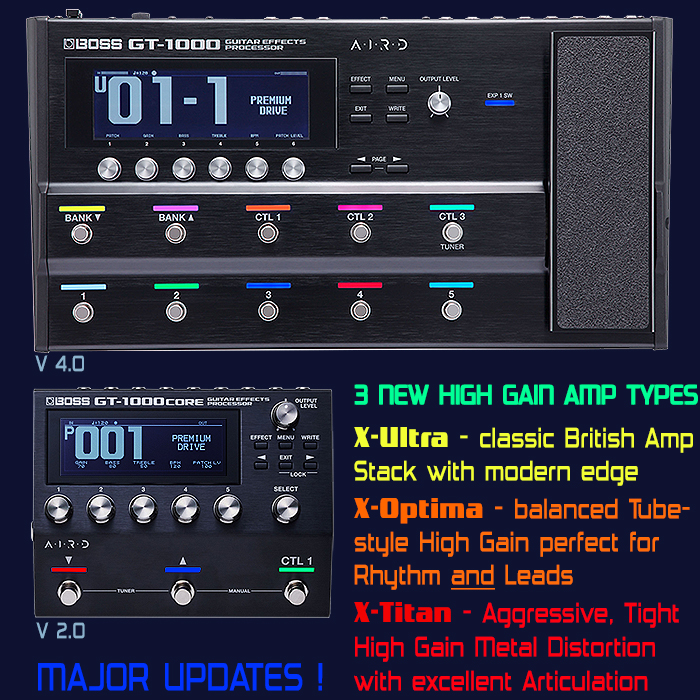
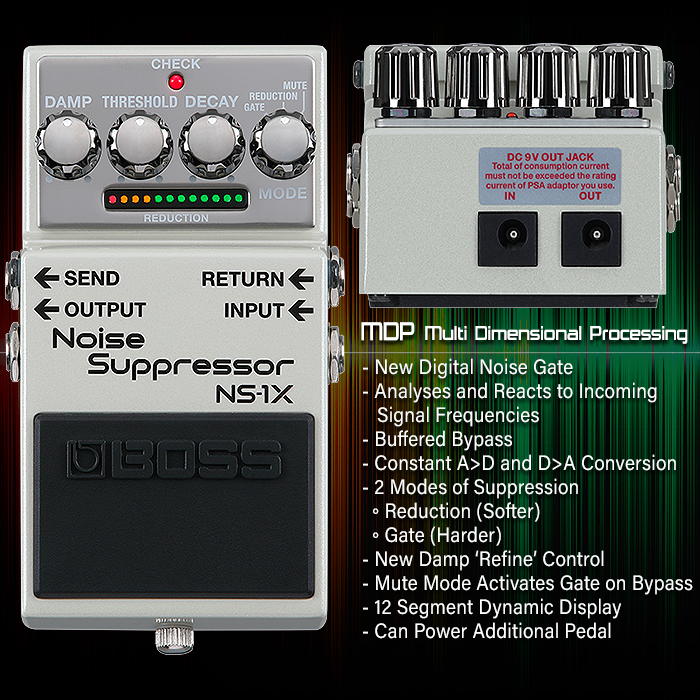






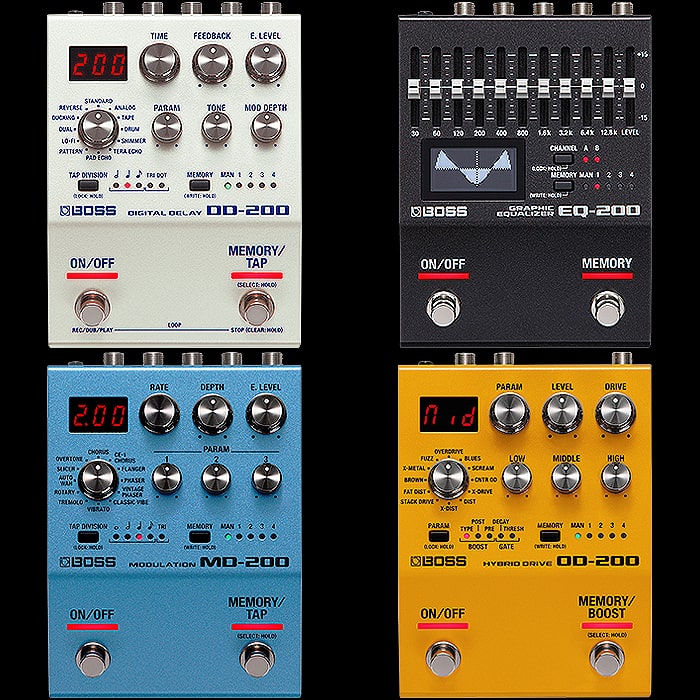






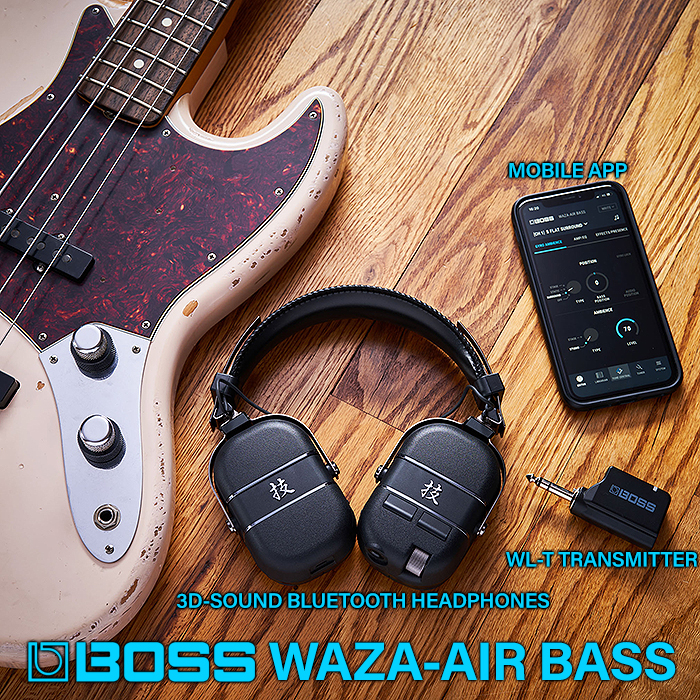







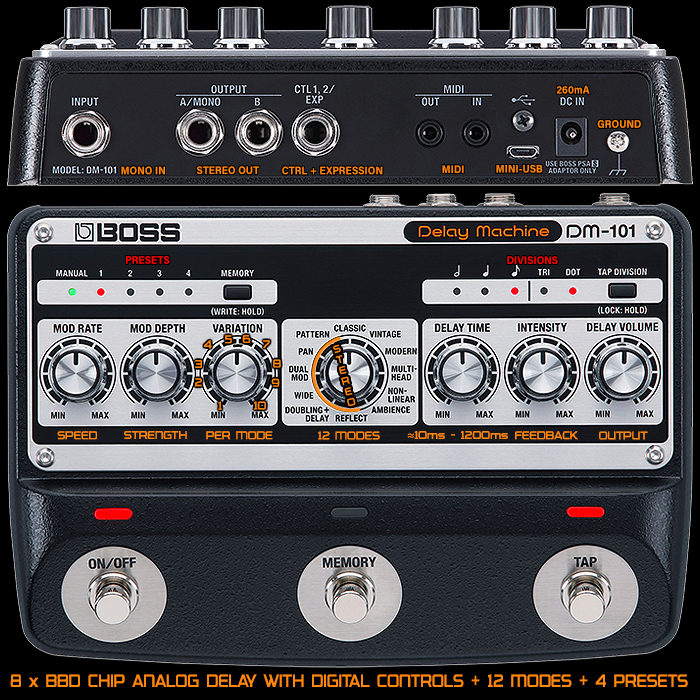






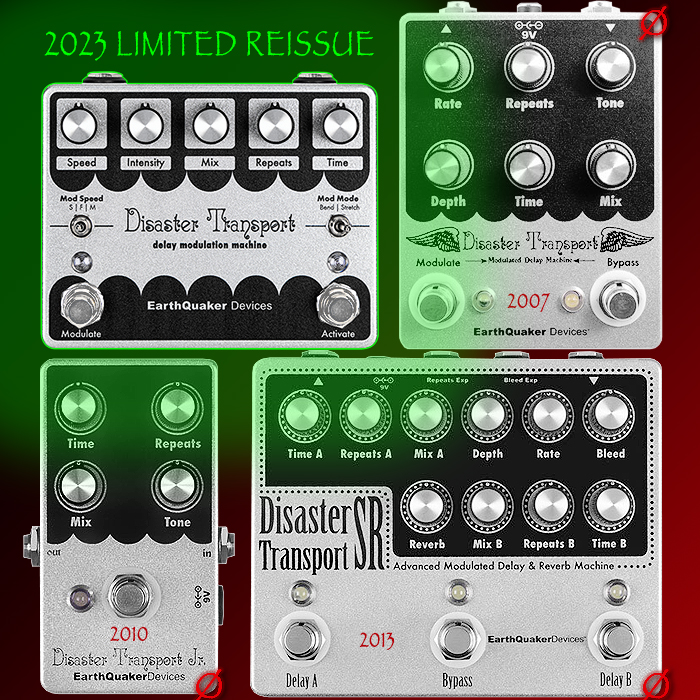
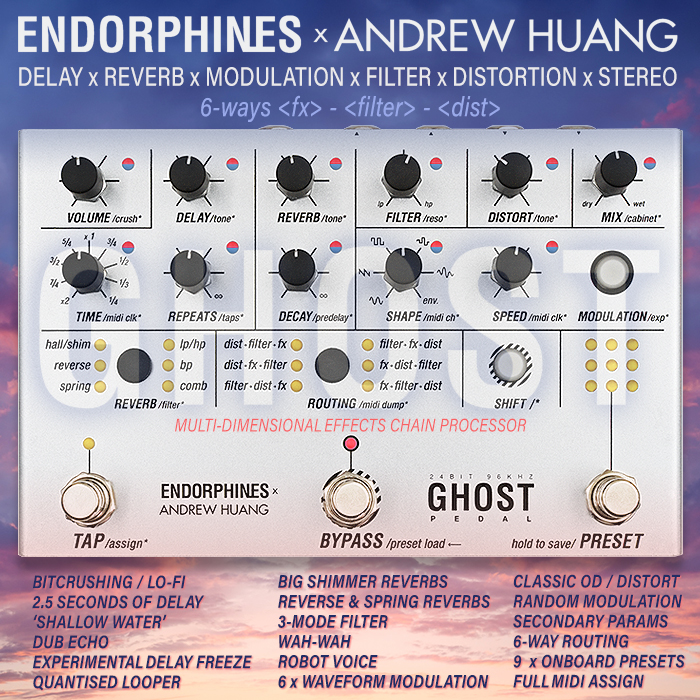

![First-hand Impressions of the Walrus Audio Mako Series II [M1] High-Fidelity Modulation Machine First-hand Impressions of the Walrus Audio Mako Series II [M1] High-Fidelity Modulation Machine](https://d6a2e7ghqts3o.cloudfront.net/AcuCustom/Sitename/DAM/556/2024-GPX-Walrus-Audio-Mako-II-M1-Y-7001.jpg)


